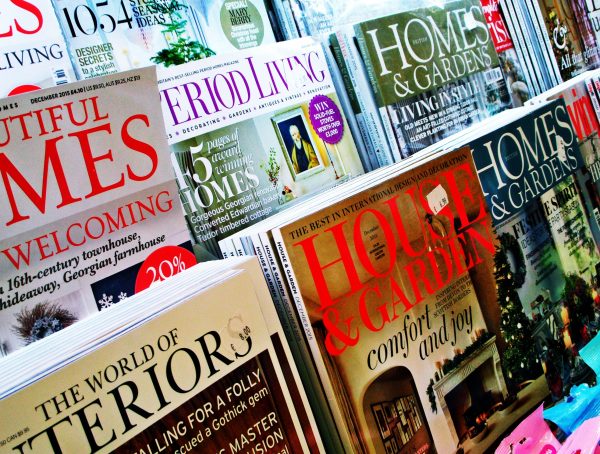A study of news coverage in eight markets
By Charlie Tuggle and Suzanne Huffman
 Watch enough local television news and you might get the impression that “live” and “late-breaking” are one and the same. But our study of coverage in eight markets (2001) found the slogan doesn’t match the reality. Most live reports, we found, had no late-breaking elements. In fact, they didn’t warrant live coverage at all.
Watch enough local television news and you might get the impression that “live” and “late-breaking” are one and the same. But our study of coverage in eight markets (2001) found the slogan doesn’t match the reality. Most live reports, we found, had no late-breaking elements. In fact, they didn’t warrant live coverage at all.
We looked at 120 randomly selected early evening newscasts in non-sweeps periods from Dallas, Miami, West Palm Beach, Austin, Tucson, Springfield, Mass., Panama City, Fla., and Jonesboro, Ark. The study compared straight live shots, donuts (packages with a live open and/or close), and taped packages. It confirmed that live has become the norm in local television. Reporters appeared live 42 percent more often than they did on tape.
Live shots averaged 1:15 and most often focused on entertainment, sports and human-interest stories. Donuts ran longer-almost 2:00 on average-and the top subjects in donuts were crime/courts and accidents. But despite the hard news content, these reports typically did not seem to merit live coverage. They rarely included any late-breaking information and frequently showed no relevant activity. And because donuts tended to be longer than packages-about 20 seconds longer on average-the news operation most likely had to sacrifice other stories that could have been covered to make room for the live element.
To rate the value of live reports, we devised a scale based on comments from more than 100 reporters and 100 news directors who responded to a national survey. Live reports from the scene of an event that had occurred hours earlier scored a zero. A report in which the reporter got updated information by being on scene was assigned a rating of one. Live reports containing compelling visuals (which could have been taped earlier) or that included the reporter taking viewers “on a tour” scored two points. Reports from events in progress got a three, and the highest rating, four, went to reports from the scene of breaking news.
The vast majority of live reports in the newscasts we studied rated a zero. There was simply no journalistic justification for more than half of the live shots and nine out of 10 donuts. In only a handful of cases (such as the rescue of a woman from a burning house, shown live from a news helicopter) did the coverage rise to the highest rating on the scale.
If stations are not going live to get late breaking information or current video into their newscasts, why are they doing it? It seems unlikely that logistics dictate the decision. Most of the live reports in our sample were from events that had been over long enough for the tape to be driven back-within the speed limit. Perhaps stations see live as a production element, and use it to affect the pacing, energy, and flow of newscasts. But placing a reporter in front of a dark building hours after an event may actually hurt flow and pacing.
If live reports are so lacking in news value yet so prevalent in newscasts, what effect does that have on viewers? It seems to us that committing time and resources to stories with little news value, but which lend themselves to live coverage, may further erode audience loyalty rather than build it. Simply put: the audience might feel shortchanged by needless live coverage that takes the place of more meaningful reporting. To explore that possibility, NewsLab collaborated on additional research to compare how viewers respond to the same stories, reported live or on tape. Click here to see what we learned.
References:
1. Charlie Tuggle, a former local news producer, teaches broadcast journalism at the University of North Carolina in Chapel Hill, NC. Suzanne Huffman, a former reporter and anchor, teaches at Texas Christian University in Fort Worth, TX.
2. Read more about the national survey cited in this study in the Journal of Broadcasting & Electronic Media, 43(4), pp. 1-14.
3. Read the full study in the Journal of Broadcasting & Electronic Media, 45(2), pp. 335-344.








